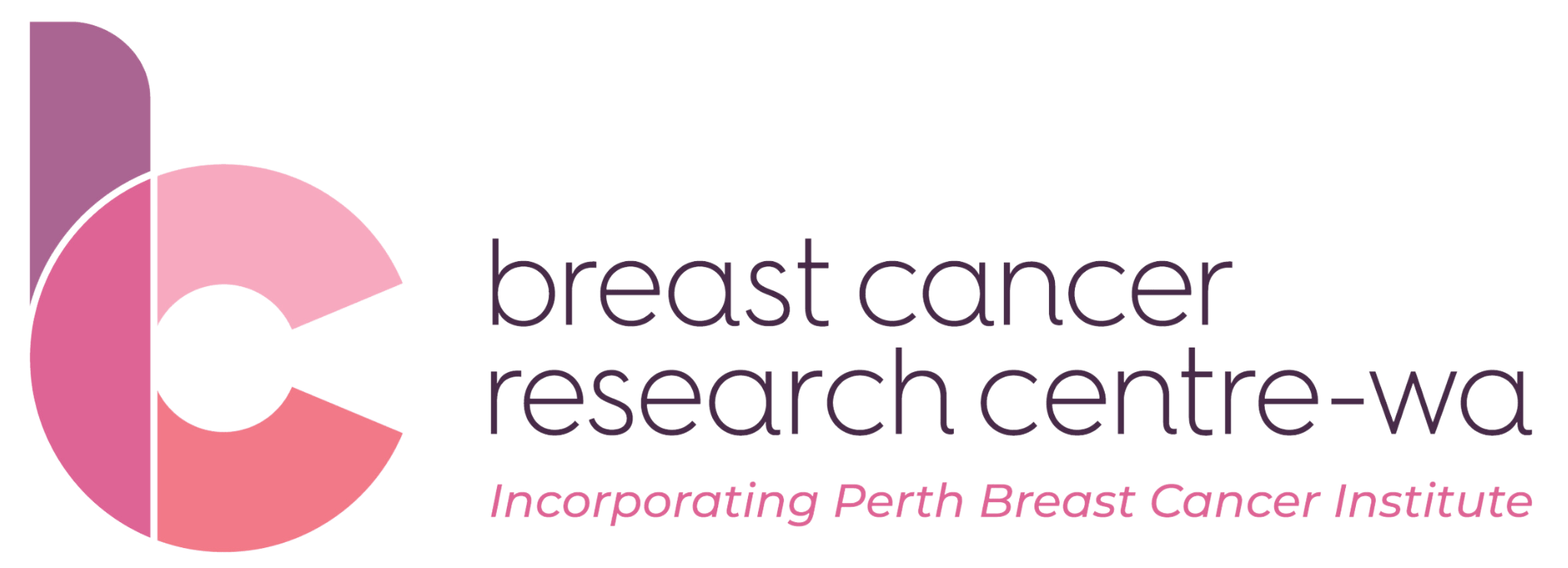Partial vs Complete Response
Complete response occurs when all signs of breast cancer disappear after treatment, meaning that there is no visible evidence of the disease through medical imaging or tests. However, it’s important to note that cancer cells may still be present in the body at microscopic levels, and these dormant cells could potentially become active again. While complete response offers hope for recovery, ongoing monitoring through regular scans remains crucial to ensure that any recurrence is detected as early as possible.
Partial response, on the other hand, means that the cancer has shrunk or stabilised, but it is still detectable through imaging or other diagnostic tests. This indicates that while the disease may not be actively growing, it is not entirely gone. Even in this scenario, ongoing scans and assessments are vital for monitoring the progression of the disease and ensuring timely intervention if necessary.
In both complete and partial response, it is essential to continue regular medical check-ups and rescans. These help to monitor any changes in the condition, ensuring that if any cancer cells become active again, they can be detected at the earliest possible stage. Based on these scans, further treatment options will be discussed with the patient, which may include surgery, chemotherapy, targeted therapy, or other therapies, depending on the specific needs and circumstances
Emotional Differences
In partial response, individuals often experience higher anxiety and fear of recurrence due to the need for further treatment. In contrast, those in complete response tend to feel more optimistic, though they may still have some lingering fear of recurrence.
Tip: Staying connected with support groups, practicing mindfulness, and maintaining regular follow-ups can help manage these emotional challenges and provide peace of mind throughout the remission journey. Sometimes setting small, attainable goals helps maintain a sense of control and accomplishment, especially when dealing with uncertainty. Whether it’s returning to a hobby, improving your sleep habits, or setting a fitness goal, break large tasks into smaller steps and celebrate your progress along the way.
In partial response, individuals may experience prolonged stress and emotional strain due to the need of further treatment, whereas those in complete response often find more closure and acceptance but might still encounter occasional stress or survivor’s guilt.
Tip: Seeking emotional support through therapy/peers or engaging in regular physical activity, such as walking or yoga, can help reduce stress and enhance psychological well-being in both stages. Sometimes combining the two! im for at least 30 minutes of moderate exercise most days of the week. Activities like walking, yoga, swimming, or cycling can be gentle on the body while providing health benefits. Always check with your healthcare provider about any physical limitations.
People in partial response often seek medical reassurance and stay informed about their treatments, while those in complete response tend to focus more on living in the present and enjoying life post-treatment, frequently relying on mindfulness or social support
Tip: Embracing positive coping strategies, like mindfulness or connecting with others, can improve emotional resilience during and after treatment. Apps like Headspace or Calm can guide you through exercises to reduce anxiety and improve focus.
For those experiencing Scan Anxiety:
The anticipation of scans can lead to heightened anxiety. Addressing this fear can help manage the stress that comes with it. Talk to your healthcare provider/GP/ Breast Care Nurse about your scan-related anxiety. Having a clear understanding of what to expect can ease anxiety.
Focusing on what you can control, rather than what’s uncertain, can reduce feelings of helplessness and improve mental resilience. Set achievable goals, focus on self-care, and take small steps toward improving your health and well-being.
Reframe the anticipation of scans by recognising that regular monitoring is a critical part of your recovery process. It’s a proactive step in maintaining your health and ensuring that if there are any changes, they can be detected early. Knowing that you are being closely monitored helps you stay on top of your health and provides peace of mind that you are actively managing your recovery.
More information:

The information and content provided on this page is intended for informational and educational purposes only and is not intended to substitute for professional medical advice. Please contact your medical team for advice on anything covered in this article.

